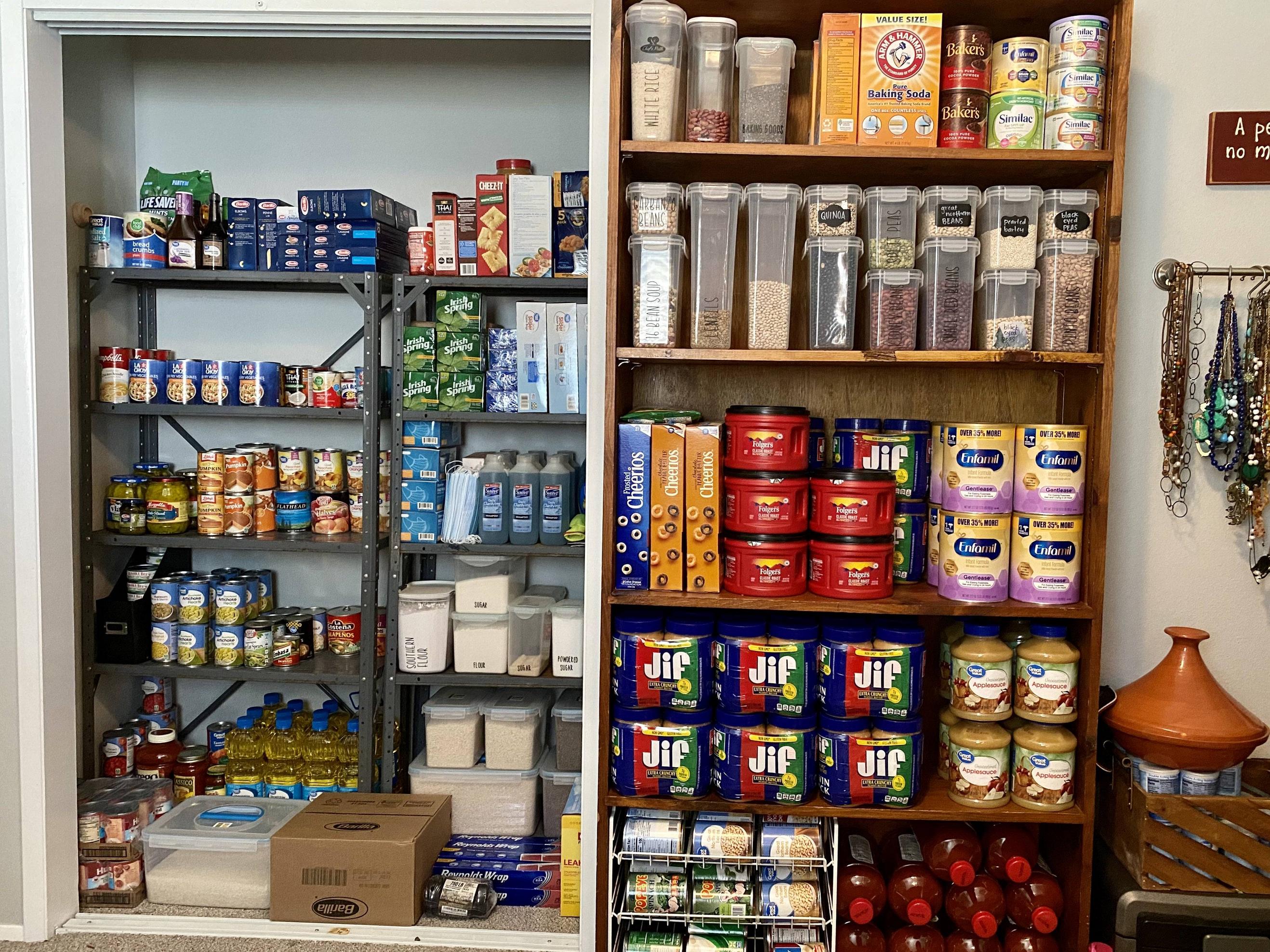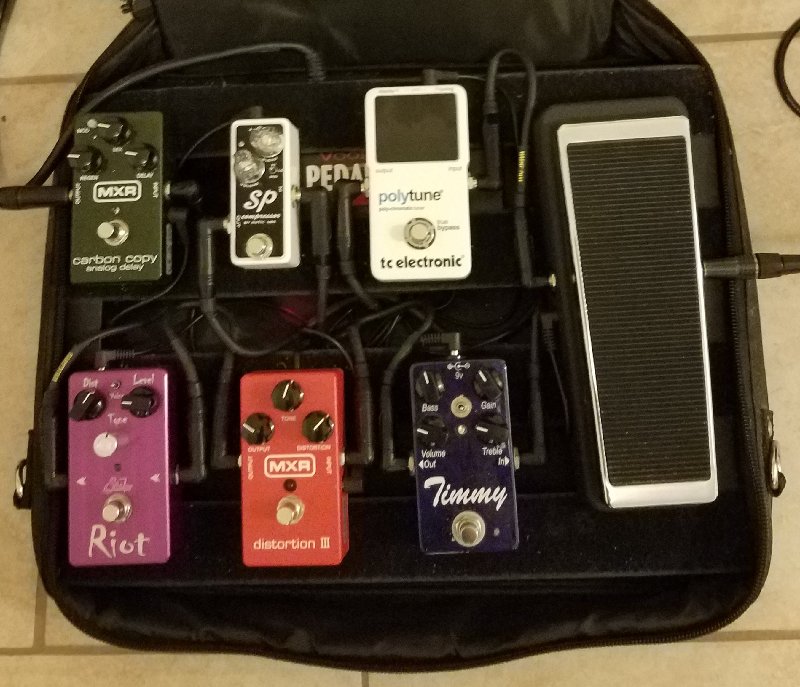
Many people are considering becoming Doomsday Preppers. These people are like-minded and a bit nuts, but they are not crazy at all. They have been doing it for years. Here are some reasons they have become Doomsday Preparsed: They aren't concerned about the fate of others and are certainly not concerned about climate change. They just want to protect their way, their way of thinking and their way with life. They are building electronic faraday cages and making bullets.
Prepper communities are not prepared for any kind of doomsday scenario. Prepper communities expect that a variety of circumstances will lead to disaster. They are anticipating major "resets", such as nuclear war or a huge electromagnetic pulse from the sun. And they're also preparing for lower-level crises, such as droughts and wildfires.

Another example of a Doomsday Prepper's lifestyle is the extreme and unique preparations they have made. Bryan Smith, for instance, has a bunker beneath his house that can withstand any type of nuclear attack. He has also invested millions in a generator that runs on alcohol. His bunker is off-grid which allows him to use five sources of power - wind, solar, and hydropower.
This show is based upon interviews with real-life doomsday preppers. In the first episode, he and his wife are interviewing a Doomsday Prepper and discussing their preparations for the worst-case scenario. A "prepper" refers to someone who is willing take the chance of disaster. In the second episode, he and his family are preparing for an earthquake and a tornado.
In Season two, Brad and his family are preparing for a possible economic collapse by building a bunker in their backyard. Kevin Barber, another Prepper, has an unusual plan to escape from the apocalypse. But the episode is a replay of Season 2. The show also features diverse Doomsday Preppers preparing for different types and kinds of disasters. While some might have better chances than others but overall, these preparedness plans are far more successful than the average person.

People who believe an emergency is imminent are called Doomsday Preparers. They prepare for such an event by building bunkers and stockpiling supplies. They also subscribe to a survivalist philosophy. They seek out other preppers who agree with their beliefs. These people are known as doomsday preppers. The term "preppers", which comes from the word "prepper", is also used. The term means "preppers'.
A woman who was prepping for a pandemic was featured on the show hoarding food and other supplies. After a week, she had to sell them because of lack of supplies. In order to make more, she decided that they should be sold at a profit. Despite not receiving any support from the TV series, many doomsday preppers don't seem able to make a profit. They rely on donations from family and friends.
FAQ
What types of guns are legal to use?
You can hunt with many different types and styles of weaponry.
Hunters often use rifles shotguns handguns and muzzleloading firearms.
Rifles are designed to fire bullets from long distances. Shotguns can be loaded with pellets. Handguns are designed to fire bullets through the hand. Muzzle-loading firearms are similar to modern-day pistols.
Crossbows can be used to shoot arrows. Bowhunters are archery weapons.
It takes special training to hunt with a bow crossbow. First, learn how you can aim and shoot the weapon.
Is hunting bears legal in Alaska?
Yes, bear hunting is legal in Alaska. Bear hunters may use traps and snares in order to capture them. Others use dogs or traps to track down bears.
The Alaska Board of Game regulates bear hunting. Before hunting in the woods, hunters must have a bear tag.
Denali National Park Preserve is a popular spot for bear hunting. Special guided hunts allow tourists to take a bear hunting trip that costs a lot.
What are some of the benefits of hunting
Hunting is an ancient practice that many cultures across the globe have continued to do. It was used to obtain food, clothing and shelter. People hunt today for sport and recreation, as well as for food and entertainment. Hunted meat is usually eaten right after it has been killed. Skin, fur, feathers and bones of hunted animals are often sold as trophies.
Hunting isn't just a way of eating; it's a lifestyle.
Because they hunt together, hunters have strong family bonds and close friendships. They share their stories and memories over meals and around campfires.
The outdoors and wildlife are what hunters love, which makes them more aware of the beauty of life.
When they take care of wild animals, they learn respect and responsibility.
Conservation is a way for hunters to become better citizens. They work to protect habitats, species, and the environment. They know how much water and land we need to survive.
Hunters are part a larger community. Their families depend on them. They work together. They support local businesses.
Hunters are also able to give back to the community. Many hunters give money to help veterans and the elderly.
Hunters can also volunteer their time to help those in need. They could volunteer with the Red Cross, Humane Society or Humane Society.
How much training is required to become a hunter. How long is it?
A basic course is required to learn how hunt. This course will teach you about hunting and give you information about the laws.
You will be taught how to safely handle ammunition and firearms. You will also receive instructions on how to safely use these items.
This course lasts anywhere from two weeks to three months. Some courses can only be taken online. Other courses are available in person.
A written test is required to qualify for a license. A hunter education course may also be required.
What is the cost of getting licensed? What if I don’t make enough money?
The cost of licensing varies by state. It costs between $20 and $100.
If you do not have enough money, you may be able to apply for a loan or grant.
To pay the tag fee, you must also pay the fee. The price of tags varies depending on the game you are hunting.
Tags are available to deer, elks and bears as well waterfowl, upland bird, and furbearers (like foxes).
You may need to register with the Department of Natural Resources in some states before you can get a license.
Before you begin hunting, check local regulations to ensure you are following all rules and requirements.
Which gun is best for hunting
A.22 caliber rifle makes the most effective hunting weapon. Because it's lightweight and easy-to-carry, this rifle is the best choice for hunting. You can also shoot at great distances with it.
When you don't expect a predator to attack, this is the best time to use your firearm.
It is not a good idea to shoot at trees with ammunition. This would cause little harm. It is important to aim at your prey with a clear shot.
A rifle with a.30 calibre can be used for hunting larger game such deer and elk. It's heavier than the.22 caliber rifle.
A 30-caliber rifle requires more practice to attain the same level accuracy.
Is it possible to buy a gun online? What do I need?
To hunt certain species, a gun is required by law.
Many states require hunters have a firearm. The type of firearm required depends on which game you want to hunt, and what state you live in.
At any sporting goods retailer, you can purchase a rifle or shotgun, handguns, muzzle loader and crossbow as well as an archery weapon.
You should ensure that you select a weapon that suits your needs. For example, if you want to hunt small games such as squirrels, rabbits, and pheasant, you might consider purchasing a .22 caliber pistol.
You might consider purchasing a larger caliber weapon if you are planning to hunt large game such as deer, elk and bears.
You should not purchase a gun unless you are comfortable with its handling. Guns can be very dangerous. Keep your gun unloaded until you're ready to shoot.
Make sure the gun has been checked by a qualified gunsmith before you buy it. Ask the seller how to load and unload the gun.
Examine the manufacturer's warranty. Ask the dealer if they have a warranty.
Ask the dealer for a copy if their safety instructions. These documents should include details about safe storage, maintenance, and disposal.
Verify the serial number. If the serial number begins with "NIB", or "New In Box", then the gun is brand new.
If the serial numbers start with an odd number then the gun is previously owned.
If you are unsure about whether the gun is used, contact the manufacturer. You should get more details from the manufacturer.
Statistics
- Indiana, for example, saw a 28% jump in turkey license sales during the first week of the season. (stacker.com)
- Less than 1% of Hawaii's population has a hunting license. (stacker.com)
- According to the Wildlife Restoration Act, passed in 1937, most of the state conservation efforts are funded through hunting and fishing license sales and firearms sales. (stacker.com)
- Over the past 50 years, the number of hunting licenses in California has been on a rapid decline, falling 70% from more than 760,000 in the 1970s to under 268,000 in 2020—even as the state's population has skyrocketed, according to The Mercury News. (stacker.com)
External Links
How To
How to hunt wild hogs
Large animals that can be found in North America are wild hogs. They can also be found in Asia, Africa, Europe, and Asia. Wild hogs feed on vegetation and small animals such a rabbits or mice, birds, insects, and fish. They usually eat at nights. The gestation period lasts around six months, after which one piglet is born. A sow can give birth once every two years. Wild hogs are often solitary but can live in groups known as herds.
Wild boars average a weight of 200 pounds (90kg). Their head length ranges between 10-12 inches (20-25 cm) and 20-30 inches (30-50 cm) respectively. Wild pigs are long-legged, have broad shoulders and short tails. They have a thick fat layer beneath their skin.
They have excellent senses of smell and hearing. These senses are used to find food and detect danger. They can run upto 35 mph (56 km/h) at speeds of up to 14 mph and jump upto 15 feet (4 m) from a distance of just under 4 m. They have sharp teeth. They can be aggressive in defending themselves from predators.
Hunting wild hogs are difficult because they are fast, intelligent, and elusive. Hunting wild hogs requires careful observation. The animal may flee if hunters take too long to kill it. If hunters shoot too late, the animal may die before it reaches cover.
Wild hogs can be killed using many hunting methods. The most common is shooting. This requires hunters to locate the animal and wait for it to arrive in range. Another method is trapping. Trapping is the practice of placing traps in areas where the hogs are likely to drink. Many traps include a scent lure, such as corn meal and peanut butter. The hunter then shoots the trapped pork after the trap has been sprung.
Snaring, another method, is also an option. The pig is caught using snaring, which uses a noose out of rope. It works best when the pigs are caught during their mating season.
You can also use poisoning, spearing, or netting. Netting and spearing are methods of stopping pigs' breathing by placing a net around the neck or spearing them. Poisoning can be done by injecting poison into the body of the pig.
Hunters who wish to hunt wild hogs need to be prepared for the cold weather. To keep warm, some hunters use snowshoes. Some hunters carry dogs to help them track the animals.